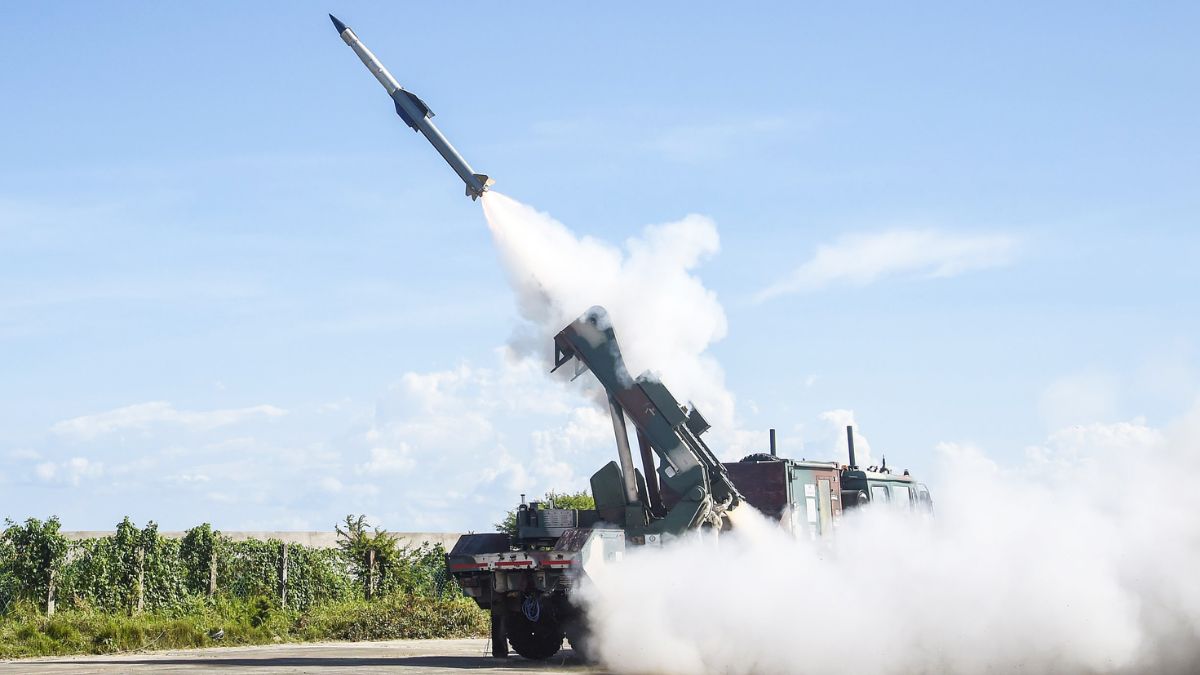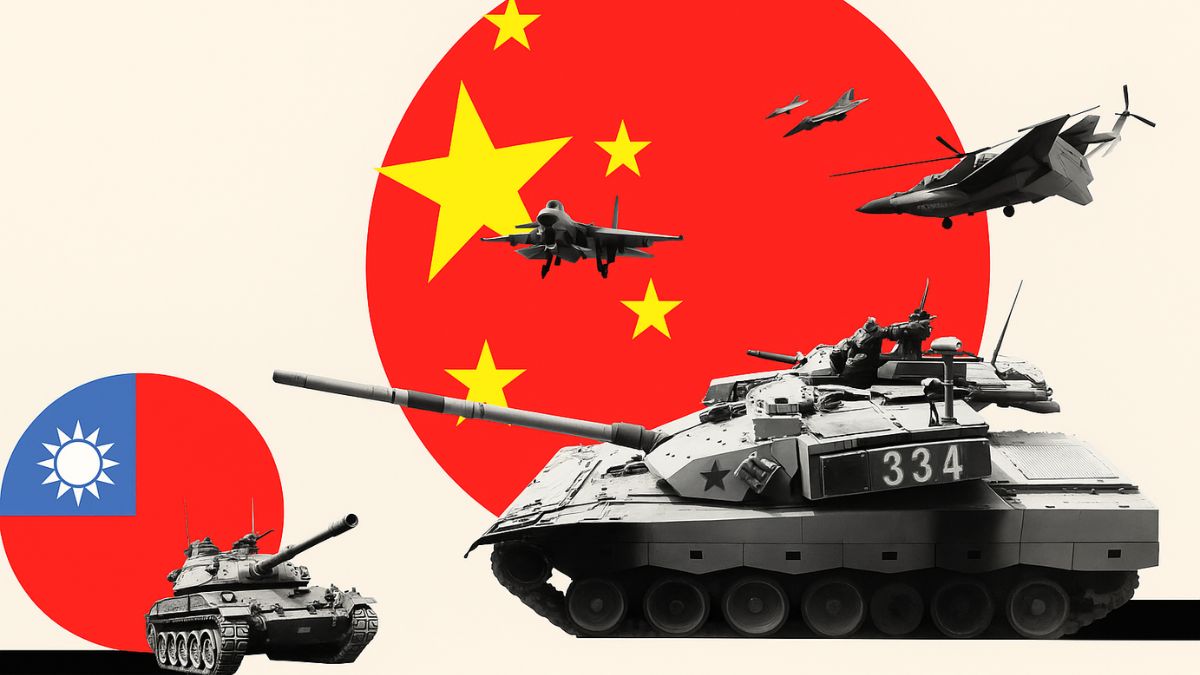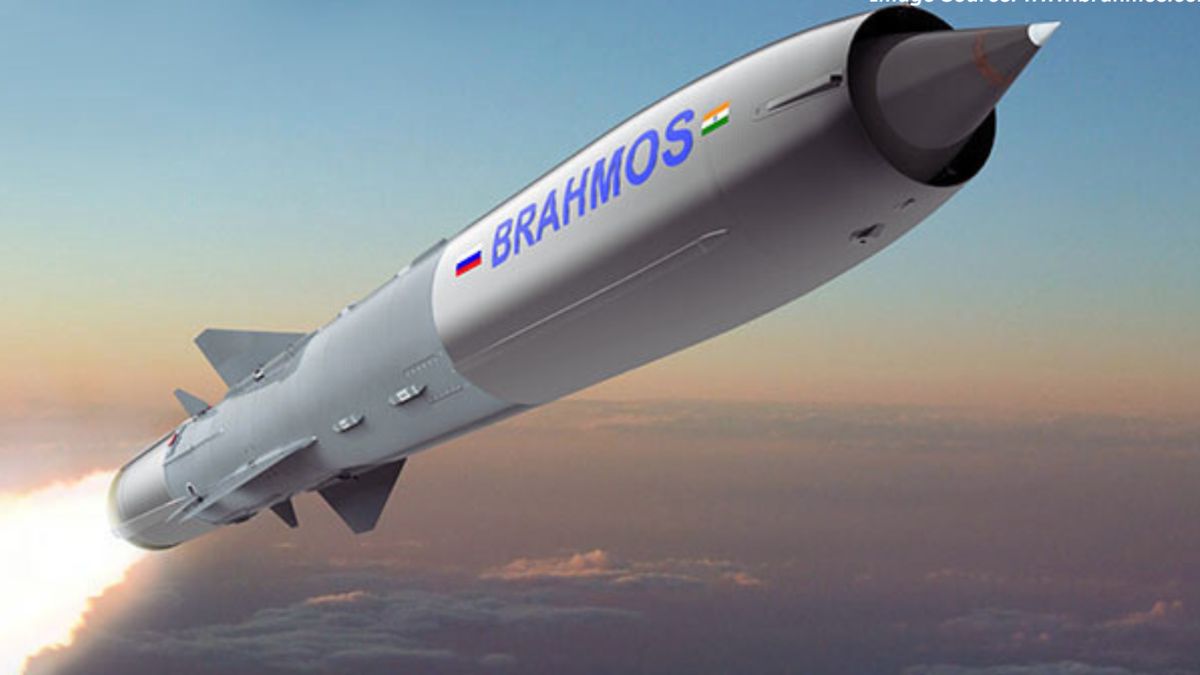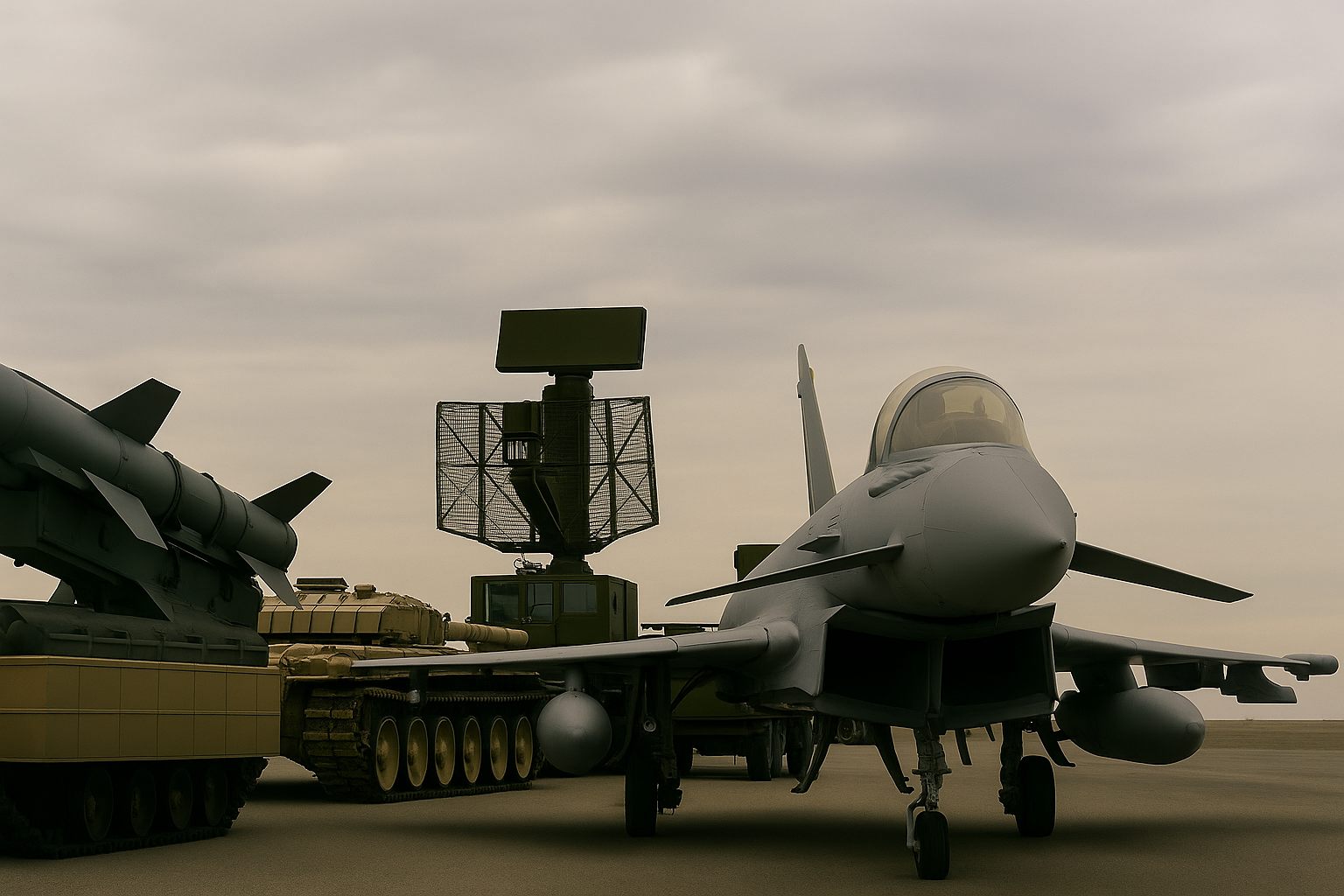India Approves Rs 36,000 Cr Defence Deal, Three QRSAM Regiments To Be Acquired

India is reportedly set to acquire three regiments of QRSAM. Image courtesy: PIB
India has approved a major defence deal worth Rs 36,000 crore to enhance its air defence capabilities, with a particular focus on countering drone threats.
The acquisition will include three regiments of the Quick Reaction Surface-to-Air Missile (QRSAM) system, a highly advanced mobile missile defence system developed by India’s Defence Research and Development Organisation (DRDO), News18 reported.
This move is designed to strengthen India’s short-range air defence network, particularly in the face of growing drone threats in modern warfare.
The decision comes after a wave of drone attacks from Pakistan during Operation Sindoor, where the Indian defence system successfully intercepted and destroyed nearly 99% of incoming drones.
While the existing defence shield, including the S-400, demonstrated formidable capability, experts have pointed out the emerging challenge posed by low-flying drones, which are difficult to detect. The new QRSAM system is expected to fill this gap and bolster India’s defences in this critical area.
What is the Quick Reaction Surface-to-Air Missile (QRSAM)?
The QRSAM is an advanced, mobile air defence system designed to counter a variety of aerial threats, including drones, helicopters, and enemy aircraft. With a range of 30 kilometres, the system is equipped with advanced radar systems, electro-optical sensors, and command and control mechanisms. It boasts a high success rate, with an interception accuracy of 95% to 100%. The approval for the acquisition of three regiments, at a cost of Rs 36,000 crore, marks a significant step in enhancing India’s air defence, with each regiment costing approximately Rs 12,000 crore.
Indian Army has requested a total of 11 regiments, which would cost Rs 1.30 lakh crore, further enhancing the country’s defence capabilities. This would create a comprehensive air defence network capable of addressing both traditional and emerging threats, especially as drones become an increasingly important component of modern warfare.
How did the QRSAM system perform during Operation Sindoor?
The QRSAM’s capabilities were put to the test during Operation Sindoor, where it played a vital role in neutralising Pakistani drone and missile threats. The multi-layered defence system, which included the
Akash missile defence system and S-400, successfully intercepted a large number of drones and missiles launched by Pakistan, most of which were manufactured in Turkey and China. This demonstrated the effectiveness of India’s air defence infrastructure, but also highlighted the need for a specialised system to tackle the growing challenge of drone warfare.
As drones operate at low altitudes, they are harder to detect by traditional air defence systems. The QRSAM system is specifically designed to address this vulnerability, making it an essential addition to India’s air defence arsenal.
How does this deal fit into India’s broader defence strategy?
The acquisition of the QRSAM system is part of India’s broader strategy to modernise its military and enhance its air defence capabilities. With the growing threat from drones, alongside other traditional missile and aircraft threats, India is focused on strengthening its defences across multiple fronts.
The success of Operation Sindoor has highlighted both the strength and the gaps in India’s current defence network, prompting the government to prioritise the development and deployment of advanced systems like QRSAM.
Alongside the QRSAM, India continues to invest in other indigenous defence systems, such as the Akash and Barak-8, ensuring that its air defence remains robust and capable of responding to a range of evolving threats. The new systems, combined with the existing infrastructure, will significantly enhance India’s security posture in an increasingly complex geopolitical environment.







